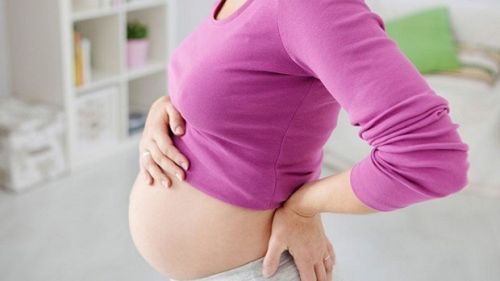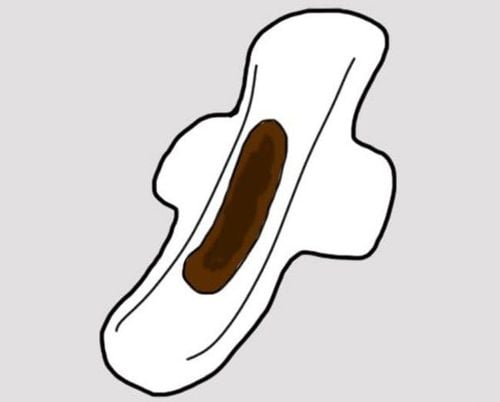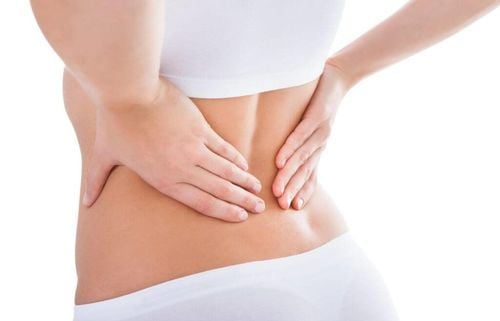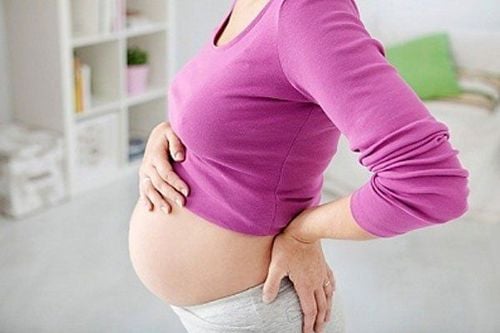This is an automatically translated article.
The article was consulted with Specialist Doctor I Le Thi Phuong - Obstetrician and Gynecologist - Department of Obstetrics and Gynecology, Vinmec Ha Long International General Hospital.Pelvic pain is associated with many diseases of the organ systems in this location, including: the digestive system, the genitourinary system, and the urinary system. The causes of pelvic pain can be an indicator of a medical condition, but it can also be a physiological symptom, which is normal and does not affect health. Here are some causes of pelvic and uterine pain.
1. Appendicitis
If you have sharp pain in the lower right quadrant of your abdomen, vomiting and fever, it could be appendicitis. Go to the emergency room as soon as you have these symptoms. An infected appendix may require surgery, and if it breaks out, it can spread the infection inside the body and this can cause serious complications.
2. Irritable Bowel Syndrome (IBS)
When you have abdominal pain, cramps, bloating and persistent diarrhea or constipation talk to your doctor to figure out the problem as this can be a sign of irritable bowel syndrome, which is sometimes indicated. called colon spasm. It is not easy to find the cause and changes in diet, stress management, and medication can be helpful in cases of pelvic pain caused by this cause.
3. Ovulation pain
Have you ever felt sharp pain between periods? You may feel your body ovulating, meaning your ovaries will release an egg along with some fluid and blood, this can cause irritation, this sensation is called mittelschmerz - German for is "between" and "pain." That's because it happens in the middle of your monthly cycle. The pain can change from month to month, uterine pain due to this cause is usually a normal symptom and should go away after a few hours.
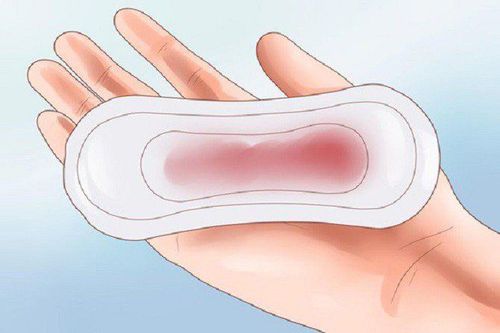
4. Premenstrual syndrome and menstrual cramps
Every month, the uterus will accumulate a lining tissue, which is where the embryo can implant and develop, if you do not get pregnant, this lining will be broken and shed during the menstrual cycle. As the uterus contracts to push it out, you will feel contractions. Try hot compresses and over-the-counter pain relievers for uterine pain in this case. Exercise and stress reduction can also help. You can also talk to your doctor about the pain associated with PMS. Certain types of birth control pills or antidepressants may also be helpful.
5. Ectopic pregnancy
This happens when an embryo implants somewhere outside the uterus and begins to develop, usually in a fallopian tube. Symptoms of sharp pelvic pain or cramping (especially on one side), vaginal bleeding, nausea, and dizziness could be signs of an ectopic pregnancy and you need to get medical help right away. instantly. The cause of pelvic pain from an ectopic pregnancy is a life-threatening emergency.
6. Sexually Transmitted Diseases (STDs)
Chronic pelvic pain is a warning sign of several STDs, 2 of the most common being chlamydia and gonorrhea. You usually get both at the same time, although they don't always cause symptoms, but when they do, you can experience pain with urination, bleeding between periods, and vaginal discharge. abnormal .
7. Pelvic Inflammatory Disease
Pelvic inflammatory disease is a complication of sexually transmitted diseases. It can cause permanent damage to the uterus, ovaries, and fallopian tubes. Abdominal pain, fever, unusual vaginal discharge, and pain during sex or urination can be symptoms of pelvic inflammatory disease. Please handle it immediately to avoid danger later. Pelvic inflammatory disease is treatable with antibiotics, in severe cases, you may need to be hospitalized and your “partner” needs to be treated as well.
8. Ovarian cyst
Ovaries release eggs when you ovulate, sometimes the follicle does not open to release the egg or it recurs after it clears and swells with fluid, this causes ovarian cysts. Although ovarian cysts are usually harmless and go away on their own, they can cause uterine pain, pressure, swelling, and bloating. If the cyst ruptures or twists, it can cause sudden, severe pain that prompts you to go to the emergency room. Doctors can detect them during a pelvic exam or ultrasound.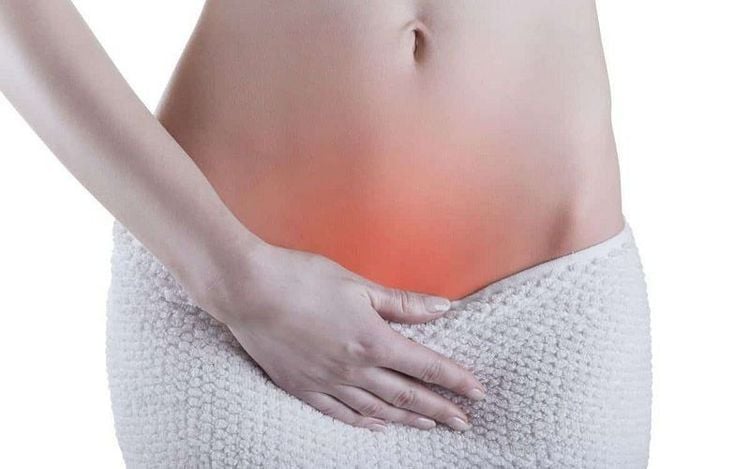
9. Uterine fibroids
Uterine fibroids grow on or in the wall of the uterus, although they are sometimes called fibroids, they are not cancerous. Fibroids, which are common in women in their 30s and 40s, usually don't cause problems. However, some women may experience pressure in their abdomen, low back pain, heavy periods, pain during sex, or difficulty getting pregnant. Talk to your doctor if you need treatment to shrink or remove them.
10. Endometriosis
In some women, there is tissue that grows outside of the uterus that is similar to the tissue lining the uterus. It can occur on the ovaries, fallopian tubes, bladder, intestines, and other parts of the body, and when it comes to menstruating, these tissue masses break down but have no way of leaving the body. While this is rarely dangerous, it can cause uterine pain and the formation of scar tissue that makes it difficult for you to get pregnant. There are several treatment options for endometriosis. Pain relievers, birth control pills, hormones to stop menstruation, surgery for endometriosis, and even a hysterectomy (removing your uterus) are options.
11. Urinary tract infections
Signs such as frequent urination, pain when urinating, full bladder... warning of urinary tract infection. This disease occurs when germs get into your urinary tract. Prompt treatment can keep the disease from becoming serious, however, if it spreads to the kidneys it can cause serious damage. Signs of a kidney infection include fever, nausea, vomiting, and pain in the uterus or on one side of the lower back.
12. Interstitial Cystitis (IC)
This condition causes constant uterine pain that is associated with cystitis. This condition is most common in women in their 30s and 40s. Doctors aren't sure why it happens. People with severe microvasculature may have to urinate several times an hour. You may also feel pressure above the pubic area, pain when urinating, and pain during sex. While this can be a long-term condition, there are ways to ease symptoms and avoid flare-ups.
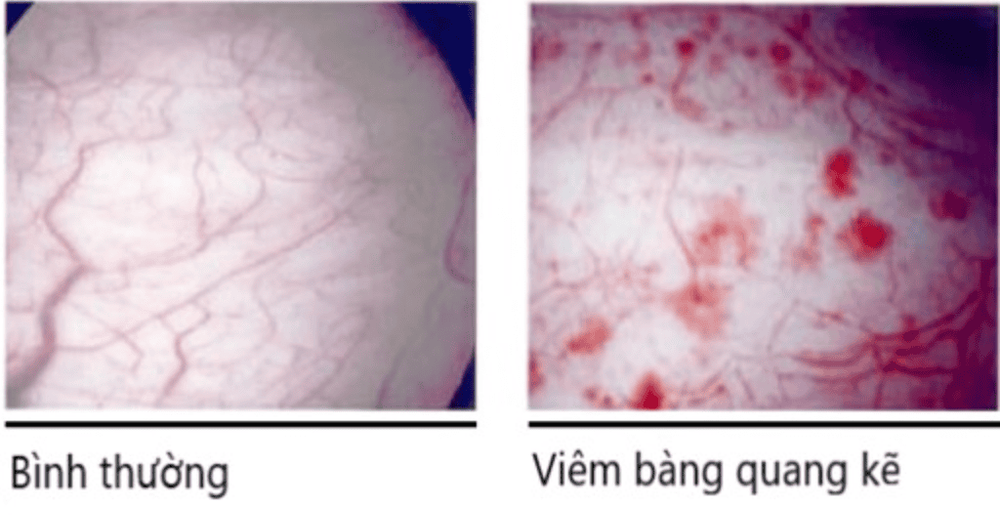
13. Pelvic organ prolapse
As you age, the bladder or uterus will drop to a lower position, which is not usually a serious health problem, but can also cause discomfort and chronic pelvic pain. You may feel pressure on the vaginal wall or your lower abdomen may feel full. It can also give you discomfort in your groin or lower back and make sex hurt. Kegel exercises or surgery may be helpful.
14. Pelvic Obstruction Syndrome
When blood backs up in the veins, they become swollen and painful, this is called pelvic congestion syndrome. This is a difficult condition to diagnose and treat, it tends to get worse when you sit or stand, lying down may feel better. The best treatment is still unclear, you need to work with your doctor to learn what the options are and figure out which is right for you.
15. Scar tissue
If you have had surgery or have an infection, you may experience ongoing uterine pain due to this. Adhesions are a type of scar tissue inside the body that forms between organs or structures that are not connected to each other. Adhesions can cause pain and other problems, depending on their location. In some cases, you may need a procedure or surgery to remove them.
16. Vulva pain
Vulvar pain is what causes pain when cycling or uterine pain during sex, causing a burning, stinging or stinging sensation around the vaginal opening. Before you are diagnosed with this condition, your doctor will rule out other causes. Treatment options range from medication to physical therapy.
17. Pain during sex
Uterine pain from sex can be caused by many things, most of which are treatable. Sometimes the pain goes away after sex therapy. This type of talk therapy may focus on past internal conflicts about sex or abuse.
18. Chronic pelvic pain
If you have pain that lasts for at least 6 months, it is considered chronic pelvic pain, the pain can be so bad that it disturbs your sleep, career or relationships. Most chronic pelvic pain conditions get better with treatment.
In fact, even after many tests, the cause of pelvic pain remains a mystery. But your doctor can still help you find ways to feel better. Therefore, go to a reputable hospital to be thoroughly examined by a specialist to diagnose the cause, as well as find the most suitable treatment solution.
=> Advice from Specialist Doctor I Le Thi Phuong - Obstetrician and Gynecologist - Department of Obstetrics and Gynecology, Vinmec Ha Long International Hospital: When there are symptoms, the patient needs a gynecological examination immediately to detect the cause of pelvic pain early so that timely treatment can avoid serious complications.
Currently, periodical gynecological examination is an extremely necessary job in women, helping to detect abnormalities in the genitals to have timely treatment and treatment to avoid serious complications later. such as: Uterine pain, pelvic pain, infertility, amenorrhea, uterine cancer...To meet the needs of women's health care, to ensure women's health, International General Hospital Vinmec currently has a basic gynecological examination and screening package, helping customers: Early detection of inflammatory diseases makes treatment easy and inexpensive; Screening for early detection of gynecological cancer (cervical cancer).
When registering for the Basic Gynecological Examination and Screening Package, customers will receive:
Specialized gynecological examination Transvaginal Uterine Ovarian Ultrasound Vaginal Bilateral Breast Ultrasound Tests such as: Treponema pallidum rapid test, Chlamydia rapid test, taking samples for cervical-vaginal cytology, bacterioscopic staining (female vaginal fluid), HPV genotype PCR automated system, Total urinalysis by automatic machine .
Please dial HOTLINE for more information or register for an appointment HERE. Download MyVinmec app to make appointments faster and to manage your bookings easily.
Reference source: webmd.com




